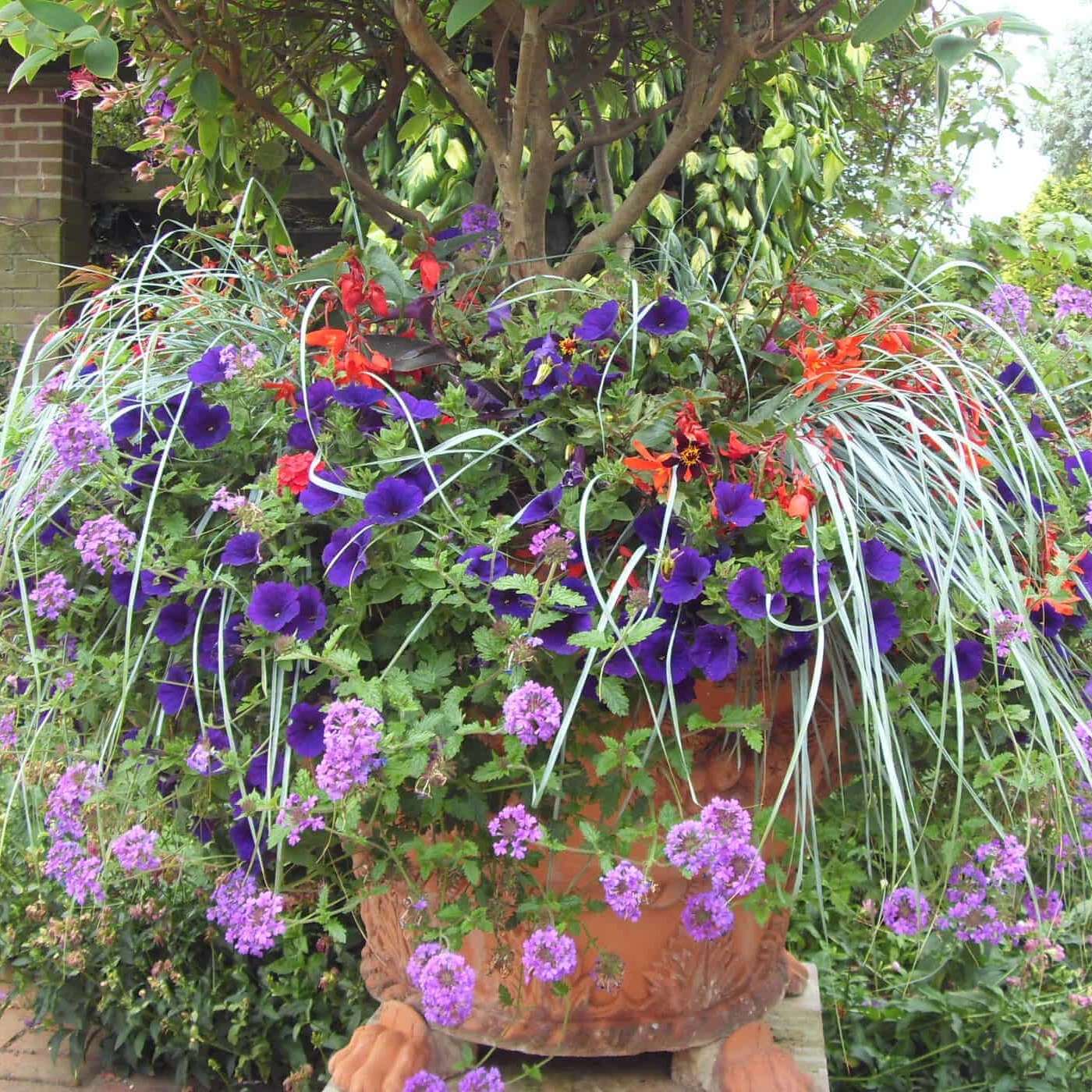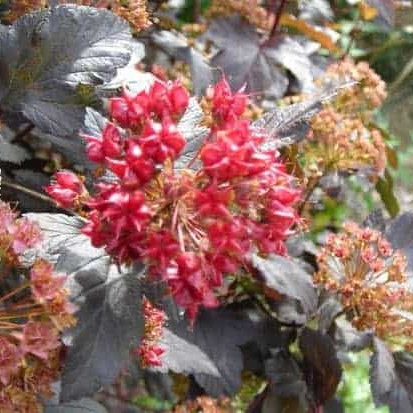Inula helenium
If you have space for this bold herbaceous perennial then it is well worth growing Inula helenium its flowers in summer but also for its culinary, medicinal and other uses.
Inula helenium commonly known as ‘elecampane’ has been cultivated since the middle ages for its medicinal purposes when it was used to combat sickness and later used for numerous other health problems including bronchitis, consumption and coughs, it is also known to stimulate the immune system and was often taken as a tonic.
The Romans used the leaves in cooking and are said to have a ‘bitter aromatic’ flavour and the roots were made into sweet meats and candies. The roots also yield a natural blue dye when macerated with ash and the roots of the myrtle.
In the garden Inula helenium makes an impact within a large herbaceous border, growing to well over a metre in height and producing an abundance of large daisy type flowers with reflexed, strap like yellow petals and a domed centre rather like its relative Echinacea (also known for its medicinal benefits). The dome consists of hundreds of tiny flowers that open in concentric rings and turn brown as they do so giving the flower the curious ringed appearance, adding to its individuality and interest. If you have space for a large prairie planting scheme Inula helenium associates really well with ornamental grasses such as Stipa gigantea and Miscanthus sp. It is pollinated by bees and therefore supports our bee population and provides them with a source of pollen.
Inula does best in a loamy, damp but free draining soil and can tolerate a bit of shade.
Cut back after flowering or allow the stems to fade and remain overwinter as a habitat for insects and the seeds are a source of food for some birds. Inula helenium fairly prolifically and should be divided every 3-5 years, if you have too much to replant and cannot give it away try using the spare roots as a dye or making candy out of them!
Caroline Wright
Caroline brings decades of horticultural experience, both practical and theoretical. Having lectured at Brackenhurst Horticultural University for many years, Caroline has now relocated to France and is following her passion for growing plants and teaching. Caroline and her husband Paul run the plant nursery, propagating all of the plants themselves and lead a wide selection of fun and interactive horticultural and craft based courses.



